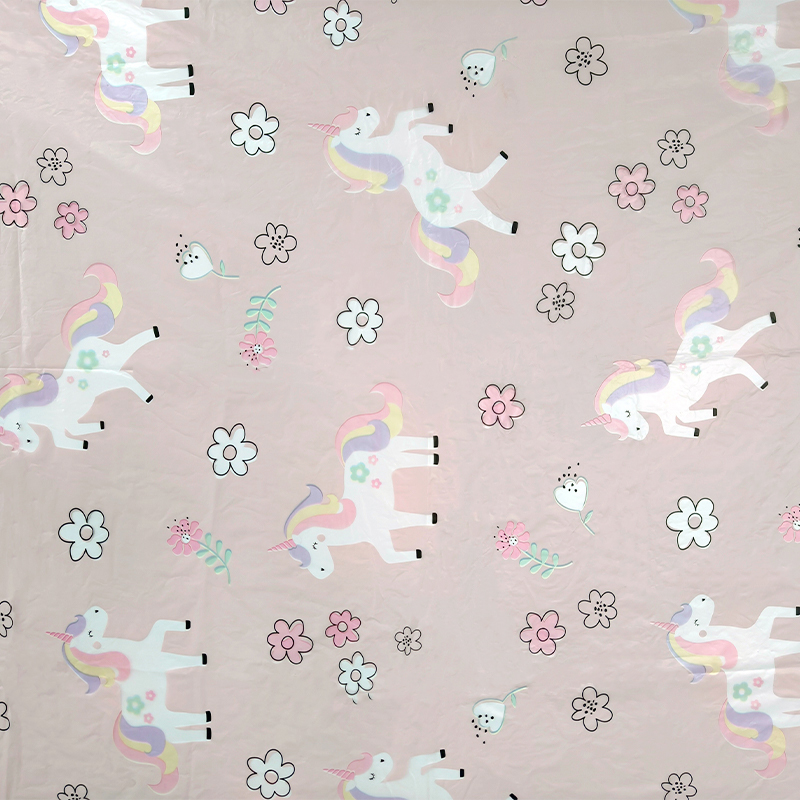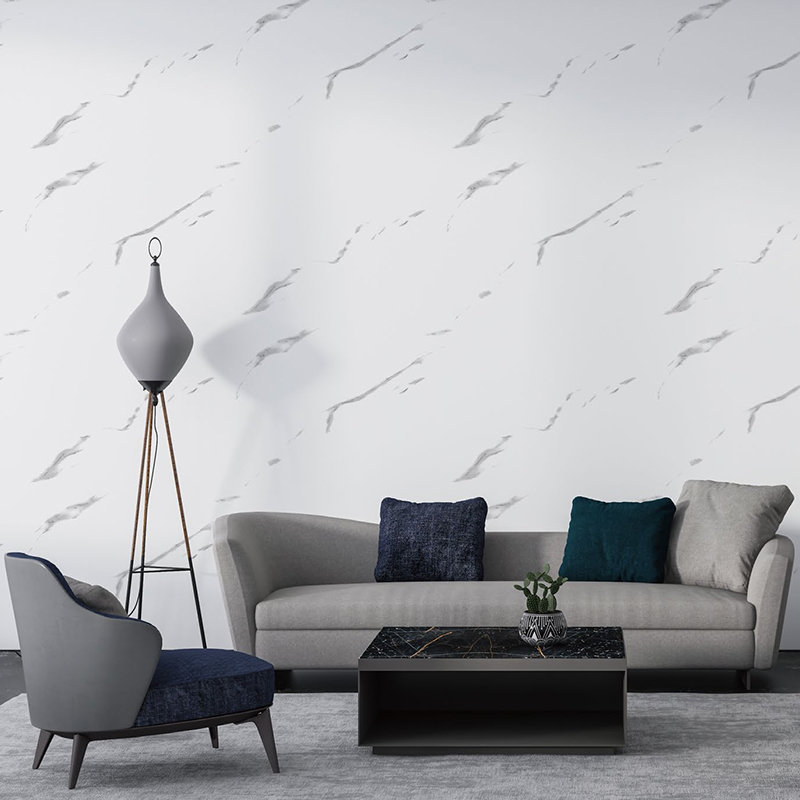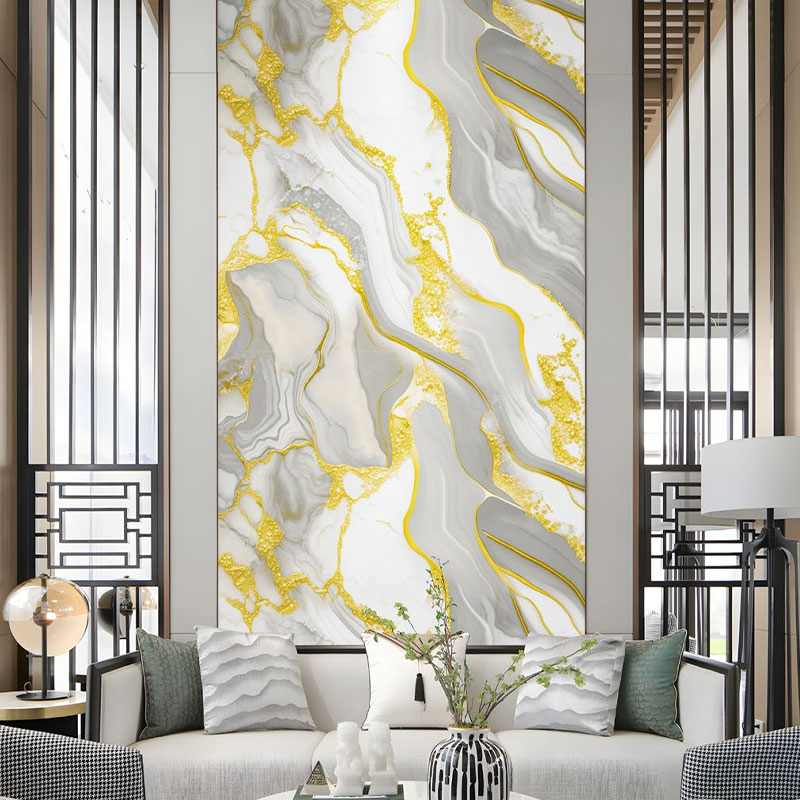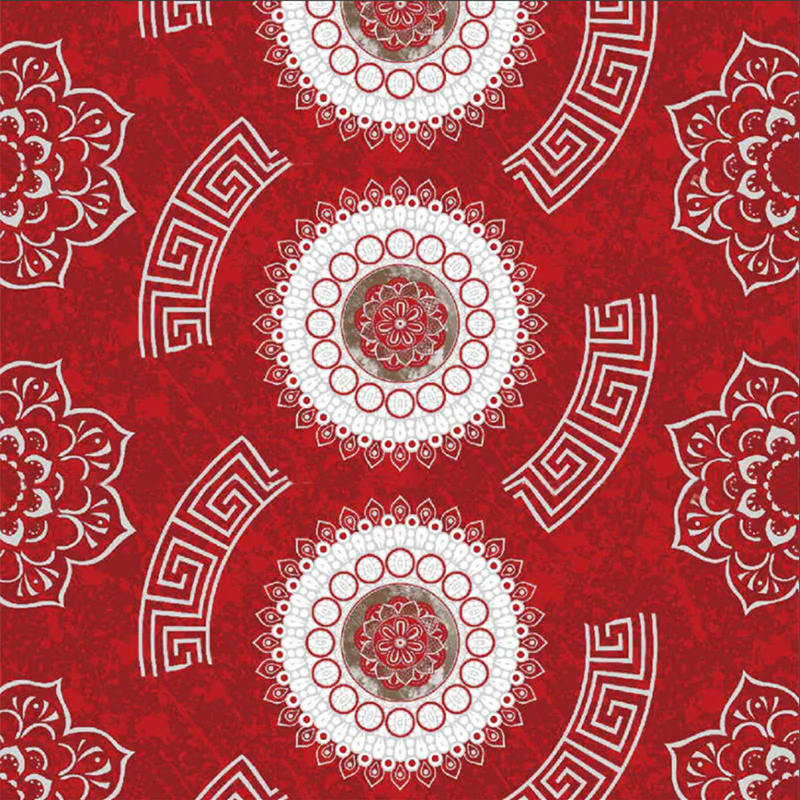Decorative film, often referred to as window film or privacy film, is a versatile material used to enhance the aesthetics, privacy, and sometimes even the energy efficiency of glass surfaces. While commonly applied to windows, it can also be used on glass doors, shower enclosures, cabinet glass, and even mirrors.
Types of Decorative Film:
Decorative films come in a wide array of styles and functionalities:
- Frosted Film: This is perhaps the most popular type. It mimics the look of etched or sandblasted glass, diffusing light and creating privacy without completely blocking natural light. It's excellent for bathrooms, office partitions, or anywhere you want to obscure the view while maintaining brightness.
- Patterned Film: These films feature various designs, from geometric shapes and stripes to floral patterns and intricate motifs. They add visual interest and can complement a specific decor style.
- Textured Film: These films replicate the tactile feel and appearance of real textured glass, offering an elegant and sophisticated look.
- Stained Glass Film: Designed to mimic the vibrant colors and intricate designs of traditional stained glass, these films are a cost-effective way to add an artistic touch to any room.
- Gradient Film: These films offer a smooth transition in opacity, often from clear to opaque, or from one color to another. They create a modern and stylish look and can be used for privacy while allowing a clear view at eye level.
- Specialty Films: This category includes a diverse range of unique films, such as iridescent films that change color with light, films with metallic finishes, or those designed for specific functions like bird strike prevention.
- Custom Film: For branding or unique design needs, decorative film can be custom-printed with logos, graphics, or bespoke patterns.
- Perforated Vinyl Film: Often used for commercial storefronts, this film has tiny holes that allow a clear view from the inside out while displaying graphics or advertisements on the exterior.
Benefits of Using Decorative Film:
- Enhanced Privacy: One of the primary reasons people use decorative film is to increase privacy without sacrificing natural light. It's an excellent alternative to blinds or curtains, especially in areas like bathrooms or street-facing windows.
- Aesthetic Enhancement: Decorative films transform plain glass into a design feature. They can add color, texture, and pattern, elevating the overall look of a room or building.
- Cost-Effective Alternative: Achieving the look of etched, sandblasted, or stained glass can be very expensive. Decorative film offers a significantly more affordable way to achieve similar effects.
- UV Protection: Many decorative films offer UV blocking properties, which can help protect furniture, flooring, and artwork from fading due to sun exposure. This also contributes to energy efficiency by reducing heat gain in summer.
- Glare Reduction: Films can diffuse harsh sunlight, reducing glare on screens and making rooms more comfortable.
- Shatter Protection (Minor): While not a security film, some decorative films can help hold shattered glass in place in the event of breakage, reducing the risk of injury.
- Easy to Install and Remove: Most decorative films, especially static cling types, are relatively easy for DIY enthusiasts to install and can be removed without damaging the glass, making them a good option for renters or those who like to change their decor frequently.
Where to Use Decorative Film:
The applications are diverse:
- Residential:
- Bathrooms: For privacy on shower doors or windows.
- Bedrooms: To block views from outside while still allowing light.
- Entryways/Sidelights: To add privacy and a welcoming touch.
- Kitchens/Cabinets: To obscure contents of glass-front cabinets or add a decorative element to kitchen windows.
- Living Areas: To add a design accent or reduce glare.
- Commercial:
- Offices/Conference Rooms: For privacy in meeting spaces or to create a more defined work area.
- Retail Storefronts: For branding, advertising, or creating a more private shopping experience.
- Restaurants/Cafes: To add ambiance or visual interest.
- Healthcare Facilities: For patient privacy or to enhance the environment.
Installation Process (Simplified for clarity, assuming window application):
-
Preparation is Key:
- Clean the Glass: Thoroughly clean the glass with soapy water (mild dish soap and water) and a squeegee. Remove all dust, dirt, and debris. Any speck left behind will show as a bubble. Use a razor blade scraper for stubborn spots.
- Measure and Cut: Measure your window precisely and cut the film a little larger (e.g., 1-2 cm extra on all sides) to allow for fine-tuning later. Use a sharp utility knife and a straight edge.
-
Wet Application is Essential:
- Prepare Soapy Water Solution: Mix water with a few drops of non-moisturizing dish soap in a spray bottle. "Wetter is better" for this step.
- Peel the Liner and Spray: Carefully peel the release liner (backing) from the film. As you peel, generously spray the adhesive side of the film with your soapy water solution. This prevents it from sticking to itself and allows for repositioning.
- Spray the Glass: Liberally spray the glass surface with the soapy water solution as well.
-
Apply and Position:
- Place the Film: Carefully place the wet, adhesive side of the film onto the wet glass. The soapy water will allow you to slide and reposition the film until it's perfectly aligned.
-
Squeegee Out Water and Air:
- Lubricate the Surface: Spray the outer surface of the film with soapy water. This helps the squeegee glide smoothly without scratching the film.
- Squeegee: Starting from the center of the film, use your squeegee to firmly push out the water and air bubbles towards the edges. Use overlapping strokes. Wipe away excess water with a clean cloth.
-
Trim and Finish:
- Trim Excess: Use your straight edge and a sharp utility knife to carefully trim any excess film around the edges of the window frame for a neat, professional finish.
- Final Squeegee: Do a final pass with the squeegee, paying attention to the edges, to ensure all water and bubbles are pushed out.
- Dry: Blot away any remaining moisture. The film will take a few days to fully dry and adhere. Avoid cleaning it during this curing period (typically 30 days).
By understanding the types, benefits, and the straightforward installation process, decorative film can be a fantastic solution for adding style, privacy, and functionality to various glass surfaces.




 English
English Français
Français русский
русский عربى
عربى Español
Español











